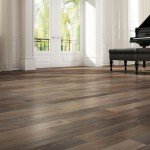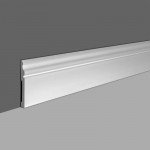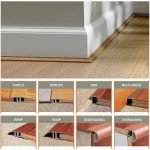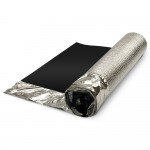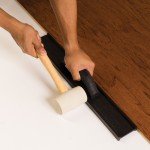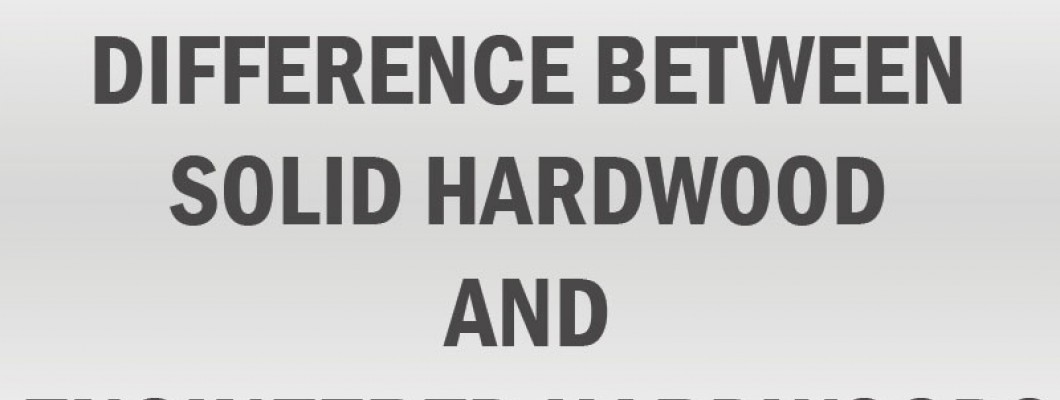
What are the main difference between solid hardwood and engineered hardwood?
When it comes to hardwood flooring, homeowners and residential
property owners have two main options to choose from namely solid hardwood and
engineered hardwood. While both types of flooring offer the natural beauty and
durability of hardwood, there are some key differences between the two that
should be considered before making a final decision.
First and foremost, the main difference between solid
hardwood and engineered hardwood is the construction of the flooring. Solid
hardwood is made from a single piece of wood, while engineered hardwood is made
from multiple layers of wood that have been bonded together.
One of the main advantages of Engineered hardwood is that it
is structurally more stable than solid hardwood. Engineered hardwood flooring
is constructed with a real hardwood veneer on top and multiple layers of
plywood on the bottom. This construction makes it more resistant to changes in
humidity and temperature to avoid expansion and contraction that may result in
gaps between floorboards. This makes engineered hardwood a better option for
rooms with fluctuating humidity such as basements and other areas with significant
temperature changes and less maintenance.
Another difference between the two is the installation
process. Because of its stability, engineered hardwood can be installed as a
floating floor, which means that it can be installed over concrete or on existing
floor without the need for adhesive. This makes it a great choice for Do-It-Yourself
(DIY) projects and for those on a budget. Solid hardwood, on the other hand,
must be nailed or glued down to the subfloor and is typically more difficult to
install.
One of the main advantages of solid hardwood is its
durability. Because it is made from a single piece of wood, it is able to
withstand heavy foot traffic and other types of wear and tear. Additionally,
solid hardwood can be sanded and refinished multiple times to remove scratches,
dents, and scuffs, which means it can last for many years. However, within the
past decade the cost of engineered hardwood came down so much that for the cost
of sanding and refinishing the existing solid hardwood homeowner can install
brand new engineered hardwood instead confirming to the current hardwood styles
and trends.
From the volume perspective, engineered hardwood is used by
significantly more numbers of homeowners than solid hardwood. Not only does the
higher volume of engineered hardwood reduces production cost but also offers
more options to customers who is in the market for new hardwood floors.
In terms of design, both solid hardwood and engineered
hardwood come in a variety of different colors and patterns, and can be made to
look like a variety of different types of wood. However, once it is installed
it is extremely difficult to tell one apart from the other.
In conclusion, both solid hardwood and
engineered hardwood are great options for homeowners and residential property
owners looking for a durable and stylish flooring option. However, the choice
between the two will depend on the specific needs and preferences of the
individual. Solid hardwood can be sanded and refinished multiple times, while engineered
hardwood is more stable and can be installed as a floating floor, making it more
affordable and easier to install. On average engineered hardwood will cost less
than solid hardwood.




